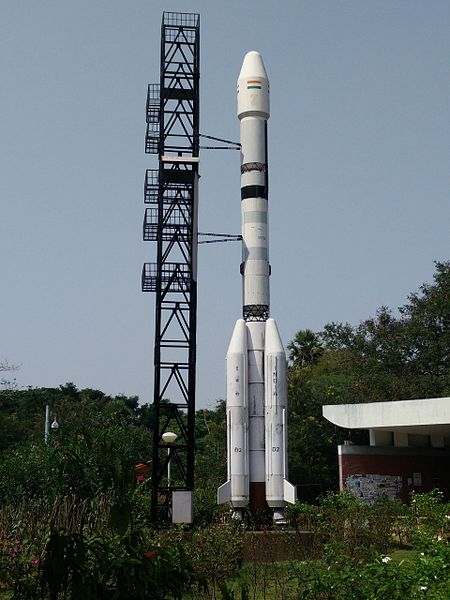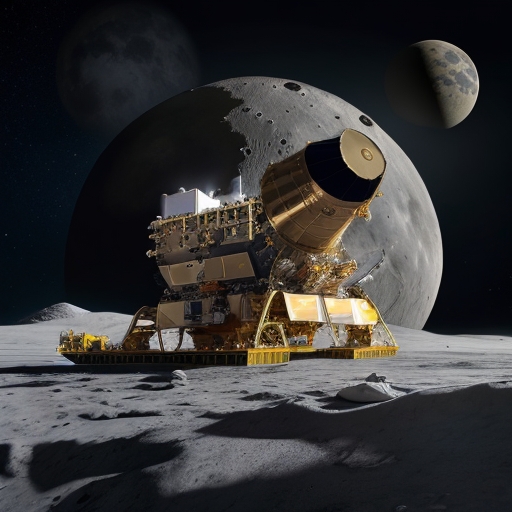
chandrayaan 3
Introduction
In a stunning revelation, the Indian Space Research Organisation (ISRO) has disclosed the secret mission of Chandrayaan 3, the country’s highly anticipated lunar exploration project. After months of speculation and excitement, the details of this ambitious venture are finally being unveiled. In this article, we will delve into the mission’s objectives, the technologies employed, and the potential impact it may have on the future of space exploration.
Chandrayaan 3 is the third lunar exploration mission by ISRO, following the highly publicized Chandrayaan 2. It aims to build upon the successes and lessons learned from its predecessor, with a renewed focus on achieving a successful soft landing on the lunar surface.
-
Objectives of Chandrayaan 3
The primary objective of Chandrayaan 3 is to demonstrate India’s capability to land a spacecraft on the Moon and further enhance our understanding of Earth’s celestial neighbor. This mission will enable scientific investigations, gather crucial data, and pave the way for future lunar explorations.
-
Lunar Landing: Lessons from Chandrayaan 2
Chandrayaan 2, although not achieving a soft landing, provided invaluable insights into the complexities of lunar landings. ISRO has extensively analyzed the challenges faced during Chandrayaan 2’s landing attempt and has implemented significant improvements in the design and execution of Chandrayaan 3.
-
Technological Advancements
Chandrayaan 3 will incorporate several technological advancements to increase the chances of a successful landing. These advancements include enhanced navigation systems, improved autonomous capabilities, and robust landing gear to ensure a smoother touchdown on the lunar surface.

-
Chandrayaan 3’s Payload
The payload of Chandrayaan 3 will consist of a suite of scientific instruments designed to study the lunar surface and its environment. These instruments will enable detailed analyses of the Moon’s topography, mineral composition, presence of water ice, and other critical parameters.
-
ISRO’s Collaborations
ISRO recognizes the significance of international collaborations in advancing space exploration. To further strengthen its efforts, the organization has partnered with international space agencies and research institutions to exchange expertise, share resources, and foster scientific cooperation for the Chandrayaan 3 mission.
-
Chandrayaan 3 and the Future of Lunar Exploration
Chandrayaan 3’s successful landing will be a significant milestone in India’s space exploration journey. It will not only boost the nation’s scientific prowess but also open up opportunities for future missions, including manned lunar landings and the establishment of a lunar base.
-
Challenges and Preparations
Undertaking a mission of this magnitude comes with numerous challenges. ISRO has been meticulously preparing for Chandrayaan 3, conducting extensive simulations, and addressing potential risks to ensure a higher chance of mission success.
-
Timeline for Chandrayaan 3
While the exact timeline for Chandrayaan 3’s launch is yet to be announced, ISRO is aiming for a near-future launch window. The organization is working diligently to finalize the necessary preparations and ensure that all systems are fully functional before embarking on this groundbreaking mission.
-
International Reactions
The international scientific community has been eagerly anticipating the details of Chandrayaan 3. The mission has garnered global attention, with experts applauding India’s commitment to lunar exploration and the potential contributions it can make to our understanding of the Moon.
-
Economic and Scientific Benefits
Apart from the scientific advancements, the Chandrayaan 3 mission is expected to have significant economic benefits. The project will create new opportunities for technological innovation, generate skilled jobs, and stimulate various sectors associated with space research and development.
-
Public Engagement and Outreach
ISRO recognizes the importance of public engagement and outreach in inspiring the next generation of scientists and engineers. Chandrayaan 3’s mission will be accompanied by extensive educational initiatives, media campaigns, and interactive programs to create awareness and generate interest among the masses.
-
Safety Measures
Safety is of paramount importance in any space mission. ISRO has implemented stringent safety measures to mitigate potential risks and ensure the well-being of the spacecraft and its crew during all stages of the Chandrayaan 3 mission.
-
Conclusion
Chandrayaan 3‘s secret mission has finally been revealed, unveiling India’s ambitious plans for lunar exploration. With its enhanced technology, scientific objectives, and international collaborations, Chandrayaan 3 is poised to contribute significantly to our understanding of the Moon and pave the way for future space missions.
ReadMore
Frequently Asked Questions
- Q: When will Chandrayaan 3 be launched?
A: The exact launch date for Chandrayaan 3 is yet to be announced. ISRO is diligently working towards a near-future launch window.
- Q: What are the primary objectives of Chandrayaan 3?
A: Chandrayaan 3 aims to demonstrate India’s capability to land a spacecraft on the Moon and further enhance our understanding of Earth’s celestial neighbor.
- Q: What lessons were learned from Chandrayaan 2?
A: Chandrayaan 2 provided valuable insights into lunar landings, highlighting the challenges involved and paving the way for improvements in Chandrayaan 3’s design and execution.
- Q: How will Chandrayaan 3 contribute to scientific research?
A: Chandrayaan 3’s scientific instruments will enable detailed analyses of the lunar surface, including topography, mineral composition, and the presence of water ice.
- Q: What are the potential economic benefits of Chandrayaan 3?
A: The Chandrayaan 3 mission is expected to create new opportunities for technological innovation, generate skilled jobs, and stimulate various sectors associated with space research and development.





